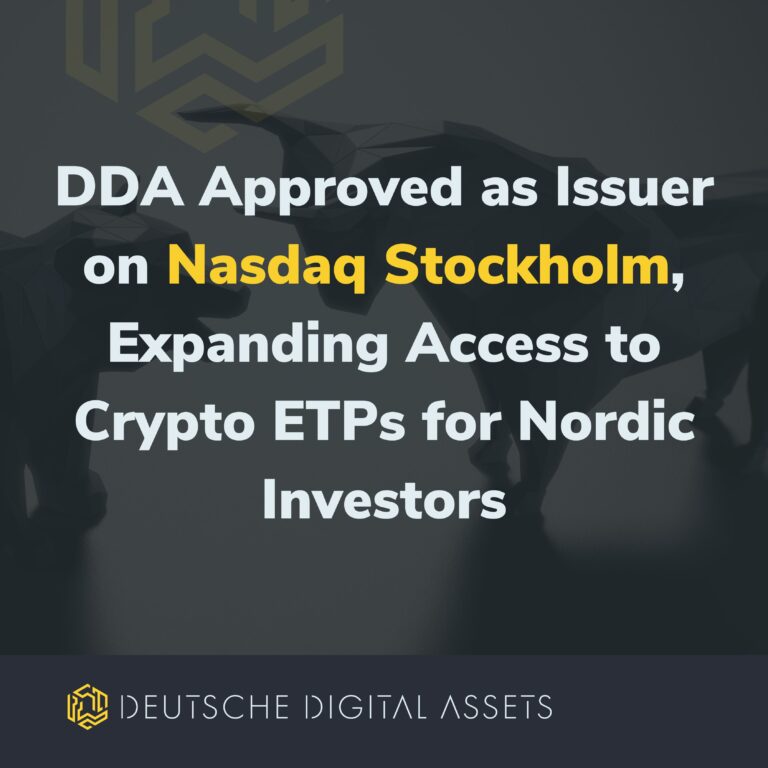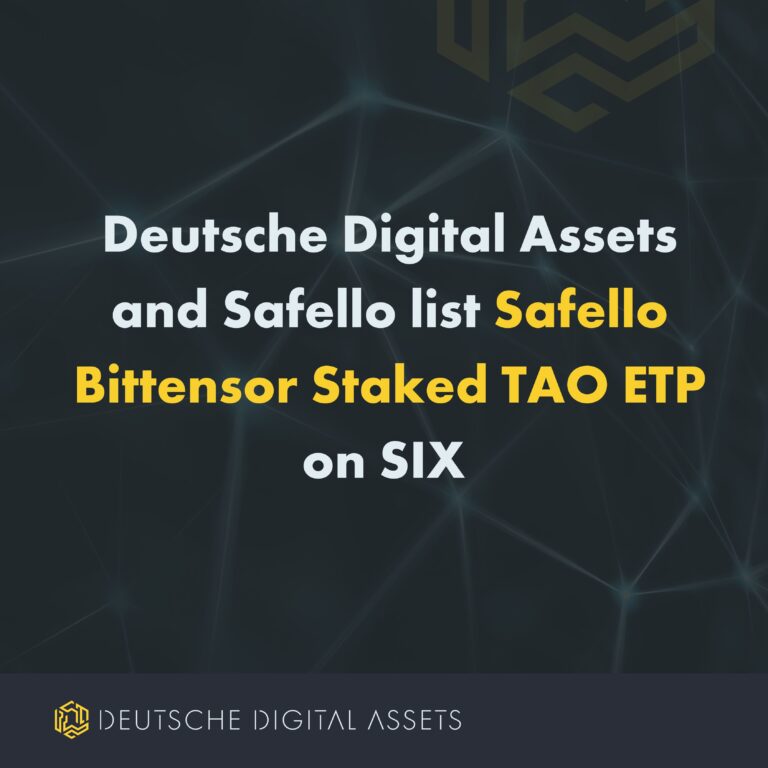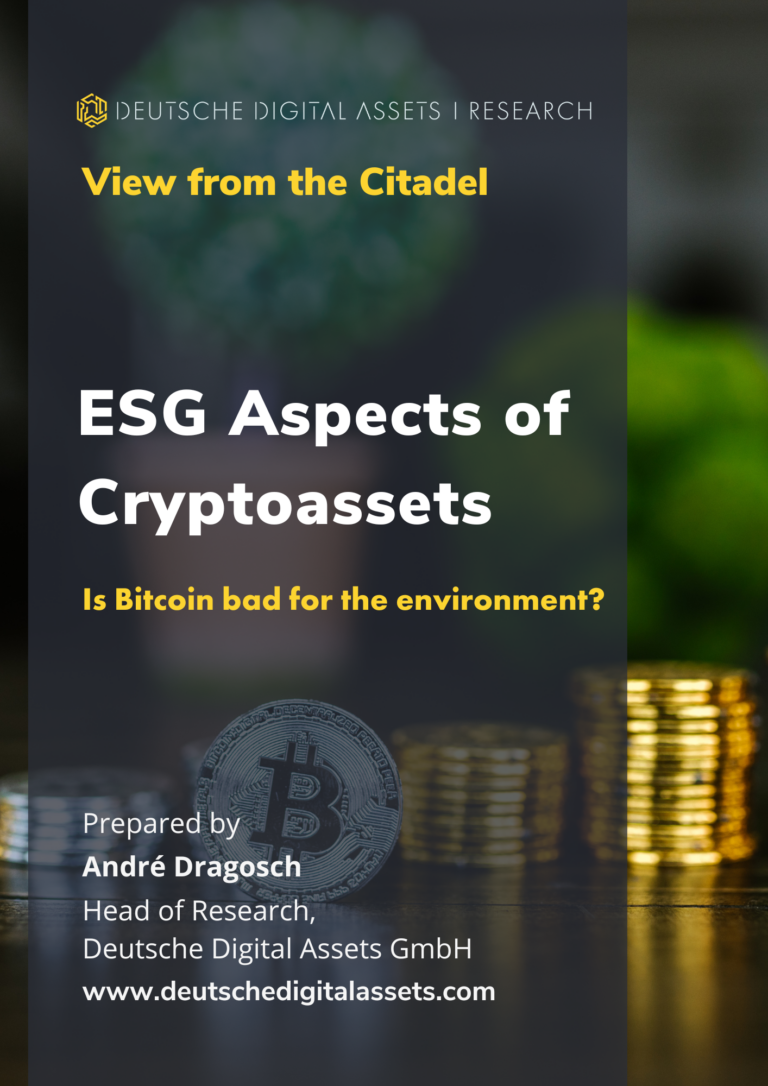By Eleanor Haas, an Iconiq Lab partner, advises crypto and life science innovators and Astia Angels and is Director, Keiretsu Forum Mid-Atlantic
Photo by Nikhita Singhal on Unsplash
No value created through the use of blockchain technology is greater than allowing a business to control its own business model by powering and incentivizing a community through the use of digital tokens — establishing a token-enabled economy.
Blockchain, or crypto, began for most of us as Bitcoin, which we think of primarily as a means of exchange or store of value. But that’s just the beginning of the crypto token story Bitcoin is a crypto coin, a token that is native to its own blockchain. Functional tokens, which are built on existing blockchains and called tokens, deliver utility. Both are programmable code built on a blockchain and part of a smart contract for use on a specific software application (a dApp) in fueling the dApp and the smart contract.
Overview of Token Design
The token is a market offering — something an organization does to create value for stakeholders, so token design needs to give the answers you want to the following business model questions:
-
- By whom will the token be used?
-
- How will they use it?
-
- At what cost?
-
- For what benefits?
- Resulting in what valuable transactional activity?
But the context for the business model will be determined by governance design and how token distribution and value are managed.
In the end — and this may come as a shock to some — important as the blockchain technology is, it represents only a fraction of token-enabled ecosystem considerations. It exists for one reason only: to make execution of a business plan possible.
Governance
Governance is a fundamental condition of how the ecosystem operates, as is the case for any organization. To govern is to exercise authority over an organization, and governance consists of the mechanics for making decisions about policies. Owners are responsible and accountable for governance in businesses — typically, investors with board seats, who delegate much of it to the CEO. It’s needed because there’s no way to know in advance what to do in every possible situation simply because who knows what will happen!
Smart contracts govern blockchain organizations and their communities to the extent that challenges and opportunities can be anticipated. But organizations need to adapt over time to new circumstances as they arise, and who gets to propose policies or to vote on changes is very much a privilege some community participants will seek out, others will avoid. Governance design is one of the three essential components of token design.
Prysm Group, which specializes in blockchain economics and governance design, suggests the following as typical questions to consider in designing a governance system.
-
- What kind of decision needs to be made?
-
- What information is required to make these decisions?
-
- What expertise is required to make these decisions?
-
- Whose preferences should be taken into account for these decisions?
-
- What individuals or groups should be directly involved in the decision-making process?
-
- How can these individuals be selected?
-
- What mistakes could be made in this selection process?
-
- How can we minimize the probability of these mistakes?
-
- How can we ensure decisions are implemented?
-
- How can we determine whether a rule has been broken?
- What are the consequences when rules are broken?
Token Distribution and Value Management
Token distribution and value management is the second essential condition for operating a token-enable ecosystem. A fixed supply or tokens introduces scarcity, which means token value will increase as demand rises with community growth — a desirable network effect for users. But how and when will this fixed supply be achieved? And how will new participants be attracted once the supply has been fully distributed?
If the token supply is variable, does it grow continuously? Expand algorithmically? Contract algorithmically? Under what conditions?
After determining the supply behavior comes the need to assess transaction fees, block fees, distribution variability/dynamics and the relationships of each of these factors to the others
Role of the Token
Owning a functional token bestows access to rights. Functional tokens native to their projects are like the enchanted seeds that grew into the bean stalk that took Jack to a kingdom of riches. With the right magic, digital code can produce a cooperative community at the heart of a new world, a high-value token-enabled ecosystem. How these tokens are designed to interact with the underlying business model as incentives — the roles they play in crafting user market fit — will be key to determining success or failure.
The goal is to deliver sufficient user value for the tokens to incentivize massive numbers of users to power use of the market offering and, in time, to addict them to this application.
-
- Iconiq Lab’s ICNQ token gives investors access to high-quality deal flow from compliant token launches, actionable data about the companies, participation in designing their business models and tokens and discounts on investment prices.
-
- The Binance exchange has a token that lets users trade at fees reduced by 50%
- The Musicoin token allows users to watch a video or stream a song.
This is not a trivial endeavor.
-
- How can you attract an audience to participate in the first place? What are the limits to the value of economic incentives, i.e., freebies and discounts?
-
- How can you retain these users? What positive mechanisms might make holding the token for longer desirable? What potential loss might deter departure?
- And what might the token do to make a difference? This is the heart of the matter — token design — the basis of what William Mougayar calls the token economy, or “tokenomics.”
In what ways might your target community participants like to benefit from token ownership?
Participation in:
-
- Governance — voting, communication and proposing changes in community policies and the decision-making process itself.
-
- Earnings — profits, benefits.
- Joining a network, communicating with others in the community
Use of a currency that enables frictionless transactions
Right to rewards for:
-
- Work.
-
- Creating a product.
-
- Buying.
-
- Selling.
- Spending.
William Mougayar sums this up neatly: token to market fit is the new product to market fit!
Conclusion
Blockchain can add value to existing organizations and can create new kinds of value by improving existing processes — as Web 1.0 did. But just as Web 2.0 saw the creation of the greatest value — the ability of users to interact and generate their own content — so the greatest value blockchain technology is likely to create will undoubtedly come when the technology is more mature. The token-enabled ecosystem is still more concept than reality and is both complex and complicated. It requires considering needs and wants of all player, weaving multiple token roles and features to help shape the experience of all participants and accepting a long-term time horizon. The value? Democratic self-determination.
The token-enabled ecosystem is a new way to live, a new way to operate a business and a new way to interact. Companies like Iconiq Lab are laying the groundwork. Early advocates — such as Crypto Monday members — are sharing a new take on how the world might operate.
To what extent will Iconiq Lab succeed in its commitment to democratize investment in early stage companies? How well will companies design and manage their communities? To what extent will they believe enough in the ecosystem vision to allocate the resources it needs even when token markets hit troughs? It’s not unlike the challenges Hamilton, Madison and Jefferson faced in establishing the US, when the Colonies forked from Great Britain!
















